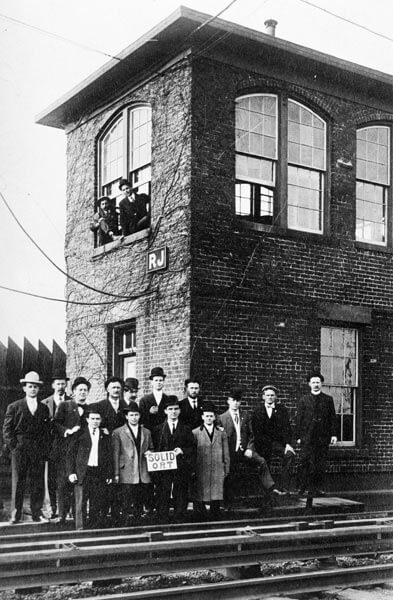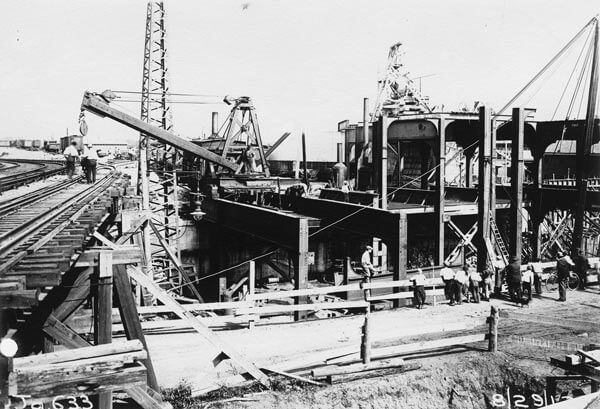By Ivan Pereira
For most commuters, the Jamaica Long Island Rail Road station is just a simple hub that gets them to Long Island and Manhattan, but train history buff David Morrison said the location is one of the most historically significant places in the city.
Morrison, 66, who used to work at the station as a LIRR station manager, spent several months chronicling the creation and legacy of the Sutphin Boulevard hub and presented his work in the new book “Images of Rail: Jamaica Station,” which hit bookstores last week.
Morrison, who lives in Plainview, L.I., said he has always been interested in the history of the nation’s railroad system, particularly in New York. He was surprised by some of the information he found about the station during his research and said readers will get new insight from the images in the new addition to Arcadia Publishing’s “Images of America” series as well.
“I think they can take away the fascinating story of the development of the station and the building and the importance of the Jamaica station not only to the LIRR, but also the community of Jamaica,” he said.
The station was built in 1913 when the LIRR was expanding its services in Queens and other parts of Long Island and was looking for a bigger location for its offices. The photos in the book show the construction of the elevated track, building and other aspects during different parts of the work.
“As part of the Jamaica Improvement Project of 1913, numerous grade crossings were eliminated by girder bridges or cement archways,” Morrison wrote in a caption for one of the photos.
The author said he had some of the photos from an earlier history project in anticipation of the station’s 75th anniversary in 1988, but he was able to get more photos for the book from fellow LIRR retirees Arthur Huneke and Carol Mills.
Morrison, who helped to form the LIRR historical society, said the pair helped him trace another integral part of the station’s creation — the men and women who were the brains behind the construction.
“In 1987, when we were researching the history, I don’t think any thought was given into who the chief engineer and chief architect were,” he said.
He showcased their work in the book’s final chapter, “The Employees Who Make Jamaica Work,” which features portraits and personal photos of the LIRR crews. Morrison said the people who contributed to the birth of the station also had an impact on other borough sites.
Kenneth M. Murchison, the station’s chief architect, also designed the West Side Tennis Stadium in Forest Hills.
“It’s always nice to do research when you look for things that you know are there, but then you find things you never knew about,” he said.
Morrison said the station’s legacy is just beginning. With the addition of the nearby AirTrain terminal and new commercial development in the downtown Jamaica area, the author said neighborhood builders look at the station as the anchor for Jamaica.
“It’s a continually developing story and it’s part of Jamaica’s heritage,” he said.
Reach reporter Ivan Pereira by e-mail at ipereira@cnglocal.com or by phone at 718-260-4546.



































